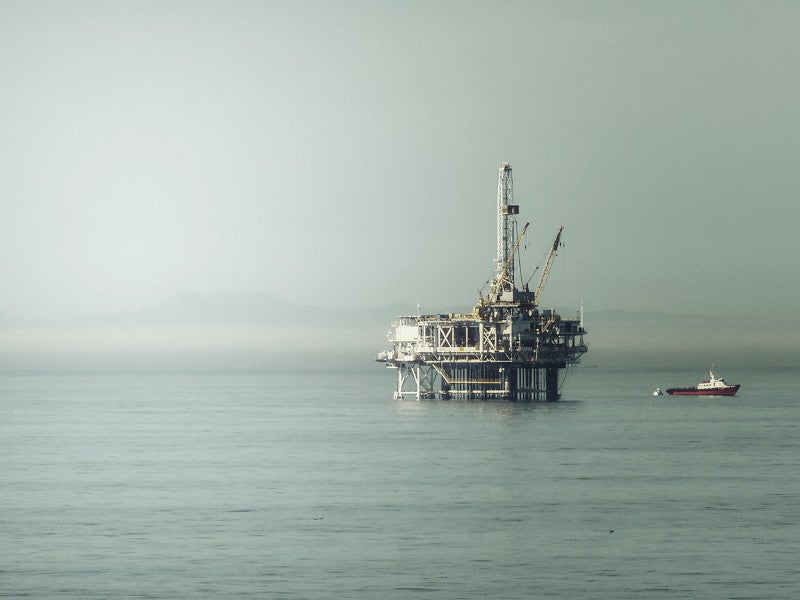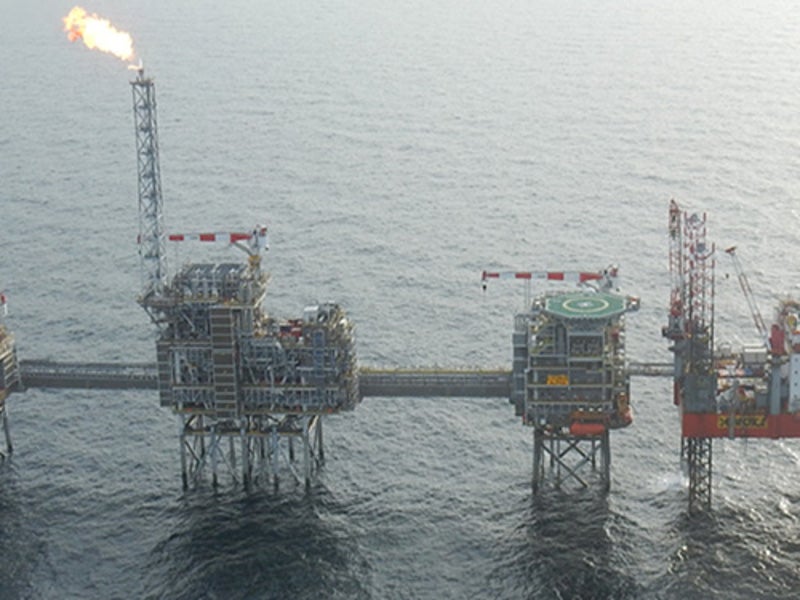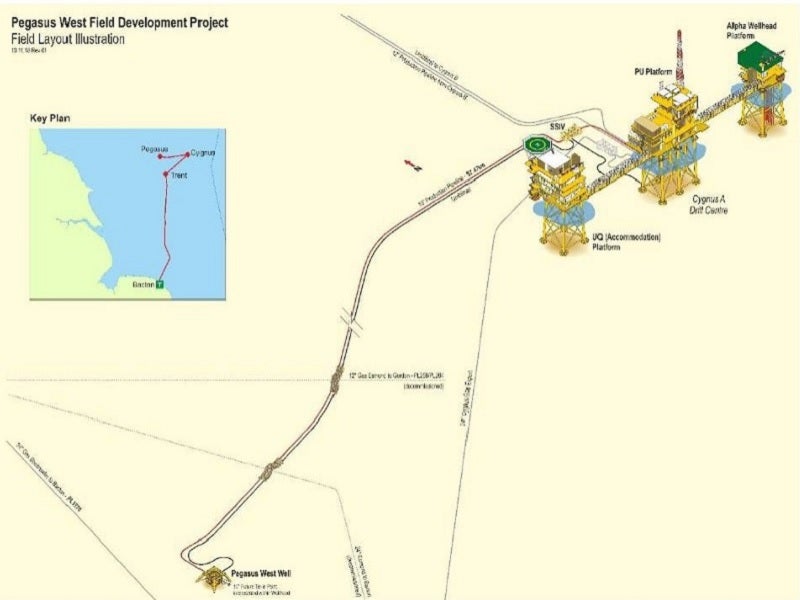Pegasus West will be developed as a subsea tie-back reception facility in the southern North Sea, to the west of Cavendish field, offshore UK. The initial production rate of the field is estimated to be 70,000scf gas and condensate a day.
Owned by Spirit Energy (55%) and Hague and London Oil (45%), the field has total recoverable reserves of 83bcf. First gas from the field is expected to be produced in 2021.
The production is expected to peak at approximately 1.74 million m³ a day in 2022, which will be reduced to approximately 183,000m³ per day by 2032. The condensate production rate is anticipated to be 55.6t per day in 2022.
The development is temporarily suspended to evaluate the limitations of the project and confirm the final investment decision (FID).
The Oil and Gas Authority (OIA) opened an investigation on the prioritisation of the Pegasus field to access the Cygnus platform for gas processing while considering the limitations, investment and opportunities for further progression of resources at Cygnus hub, in June 2019.
Pegasus West development details
The Pegasus West well (43/13b-7) will be developed and connected to the existing Cygnus Alpha complex via a 57km-long subsea tie-back. The Cygnus complex is owned by Spirit Energy (61.25%) and Neptune Energy (38.75%).
An un-insulated 10in-diameter carbon steel production pipeline and an electro-hydraulic-chemical umbilical with an outer diameter of 180mm will be connected to the Cygnus complex from Pegasus West. The pipeline and umbilical will both be 56.8km-long
Cygnus Alpha PU platform’s topside facilities will be modified by the installation of a new topsides process module. A new reception module will be installed at the topside, which will be equipped with metering, electrical and hydraulic control to the Pegasus West well, as well as a chemical storage and injection system.
The development will also involve the installation of a subsea wellhead system comprising a christmas tree and wellhead protection structure at the Pegasus West, as well as a gravity-based subsea isolation valve at the Cygnus complex.
The shallow water, vertical christmas tree will be integrated with a subsea control module and a subsea umbilical termination unit. It will have an array of hydraulically operated and manual back-up valves, as well as a hydraulically operated down-hole safety valve.
Concrete mattresses will be installed within the 500m safety zones of Pegasus West and Cygnus to protect the infrastructure.
The oil and condensate derived from the Pegasus West development will be piped to the Cygnus complex for processing and further export to the Bacton gas terminal via the 165km-long Esmond Transportation System (ETS) in the UK southern North Sea.
Cygnus can, however, accommodate just a single tie-back facility, which may impact the future development possibilities of the Pegasus West project.
Drilling infrastructure details
A three-legged jack-up drilling rig (JUDR) will be positioned at the Pegasus West well site, using dynamic positioning systems. The JUDR will feature a blowout preventer (BOP) placed on the rig floor to control the flow from the reservoir to the well surface.
It will also be equipped with marine navigation lights, fog lights, fog horn, fog detector, helideck lighting, aviation obstruction lights, as well as radar and helideck beacons.
Pegasus West development project background
Pegasus field was discovered in 2010. UK-based oil and gas company, Atlantic Petroleum, confirmed the commercial gas reserves in the field by drilling the 43/13b-7 appraisal well at a water depth of 95ft using the Noble Julie Robertson jack-up-rig in 2014.
In May 2015, Atlantic Petroleum sold the Pegasus West gas discovery to the Third Energy Offshore, which was acquired by Hague and London Oil in January 2019.




